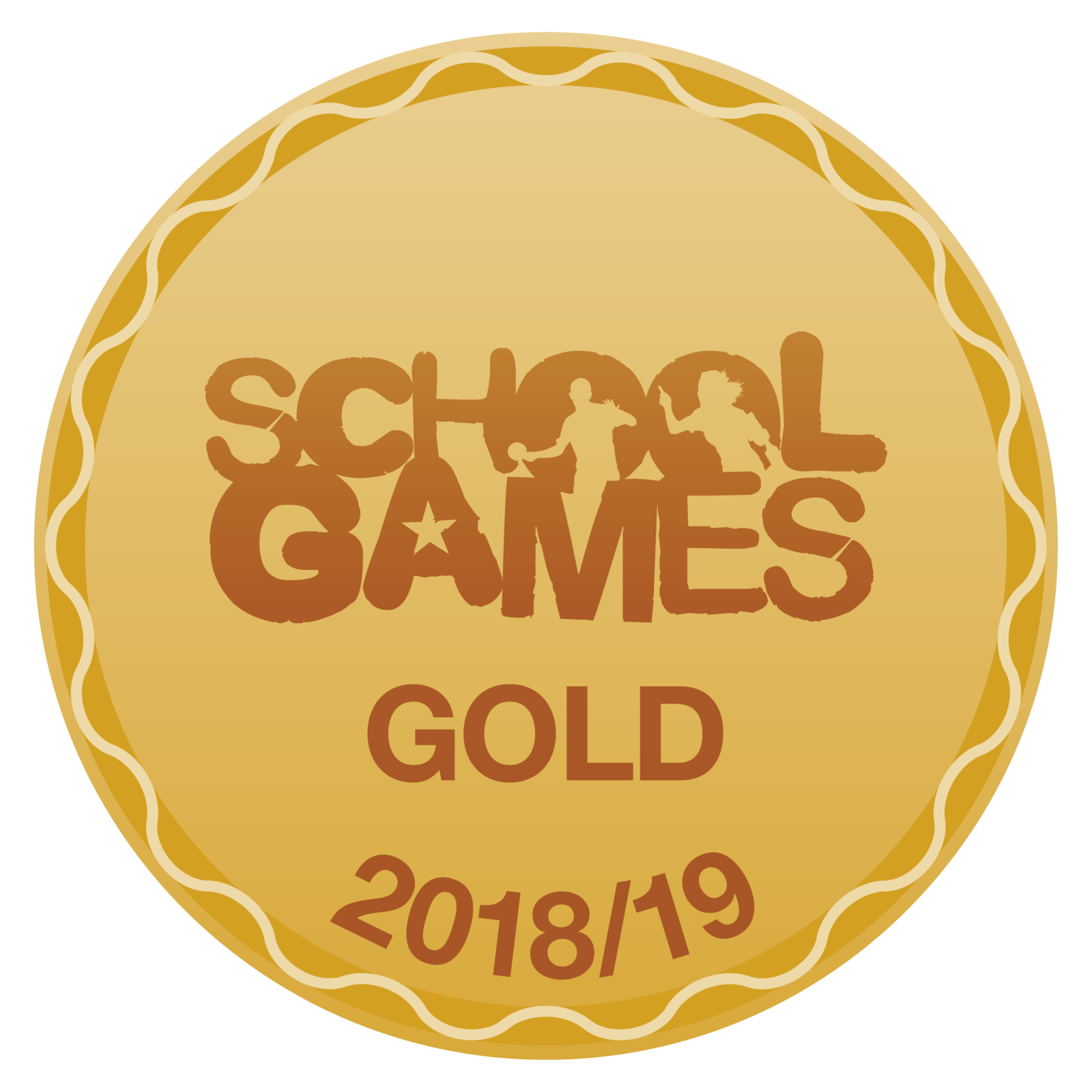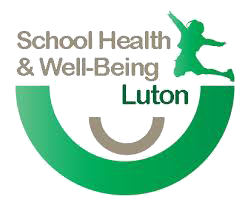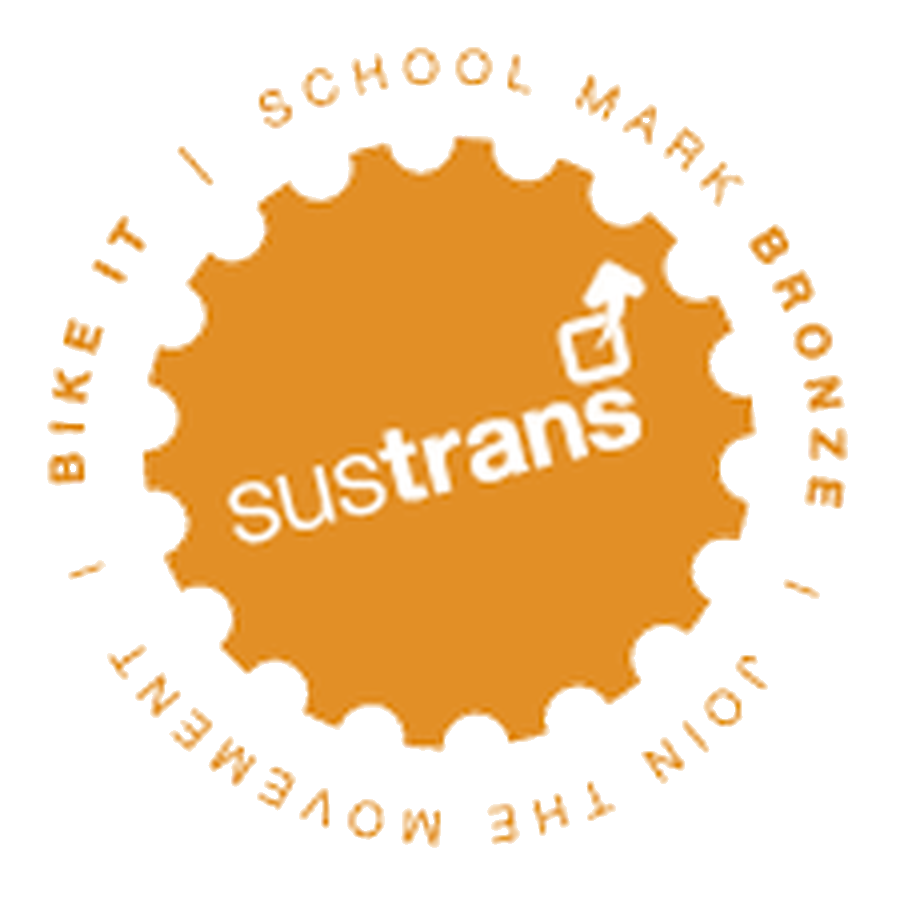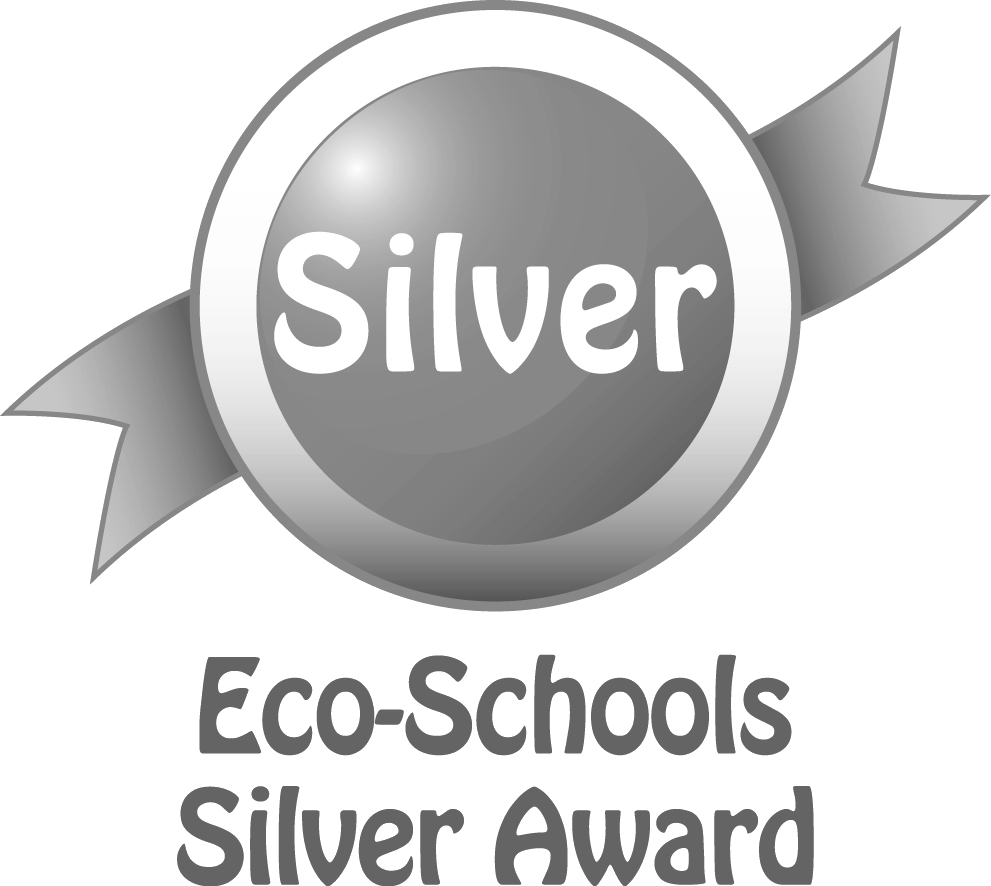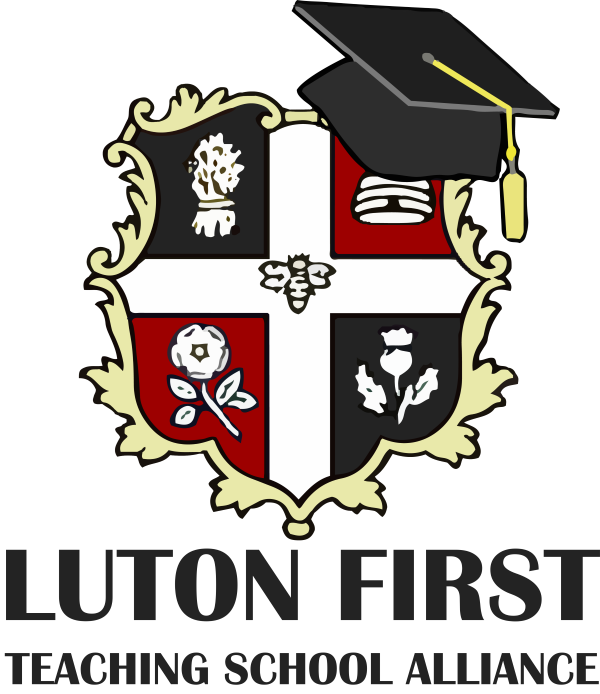Geography
Curriculum Intent
The Meads Primary School is committed to meeting the requirements of the primary National Curriculum, underpinned by our core values of Resilience, Respect, Responsibility, Kindness and Joy. At The Meads, we deliver a high-quality geography education that inspires pupils’ curiosity and fascination about the world and its people that will remain with them for the rest of their lives. Teaching will equip pupils with knowledge about diverse places, people, resources and natural and human environments, together with a deep understanding of the Earth’s key physical and human processes. As pupils progress, their growing knowledge about the world will help them to deepen their understanding of the interaction between physical and human processes, and of the formation and use of landscapes and environments. Geographical knowledge, understanding and skills provide the frameworks and approaches that enable the children to understand and explain how the Earth’s features at different scales are shaped, interconnected and change over time.
Our curriculum delivers the following:
- An excellent knowledge of where places are and what they are like.
- An excellent understanding of the ways in which places are interdependent and interconnected and how much human and physical environments are interrelated.
- An extensive base of geographical knowledge and vocabulary.
- Fluency in complex, geographical enquiry and the ability to apply questioning skills and use effective analytical and presentational techniques.
- The ability to reach clear conclusions and develop a reasoned argument to explain findings.
- Significant levels of originality, imagination or creativity as shown in interpretations and representations of the subject matter.
- Highly developed and frequently utilised fieldwork and other geographical skills and techniques.
- A passion for and commitment to the subject, and a real sense of curiosity to find out about the World and the people who live there.
- The ability to express well-balanced opinions, rooted in high standards of knowledge and understanding about current and contemporary issues in society and the environment.
Curriculum Coverage
In Early Years & Key stage 1
Pupils should develop knowledge about their locality, the United Kingdom and the World. They should understand basic subject-specific vocabulary relating to human and physical geography and begin to use geographical skills, including first-hand observation, to enhance their locational awareness. Pupils should be taught:
Locational knowledge
- name and locate the world’s seven continents and five oceans
- name, locate and identify characteristics of the four countries and capital cities of the United Kingdom and its surrounding seas
Place knowledge
- understand geographical similarities and differences through studying the human and physical geography of a small area of the United Kingdom, and of a small area in a contrasting non-European country
Human and physical geography
- identify seasonal and daily weather patterns in the United Kingdom and the location of hot and cold areas of the World in relation to the Equator and the North and South Poles
- use basic geographical vocabulary to refer to:
- key physical features, including: beach, cliff, coast, forest, hill, mountain, sea, ocean, river, soil, valley, vegetation, season and weather
- key human features, including: city, town, village, factory, farm, house, office, port, harbour and shop
Geographical skills and fieldwork
- use world maps, atlases and globes to identify the United Kingdom and its countries, as well as the countries, continents and oceans studied at this key stage
- use simple compass directions (North, South, East and West) and locational and directional language [for example, near and far; left and right], to describe the location of features and routes on a map
- use aerial photographs and plan perspectives to recognise landmarks and basic human and physical features; devise a simple map; and use and construct basic symbols in a key
- use simple fieldwork and observational skills to study the geography of their school and its grounds and the key human and physical features of its surrounding environment.
EYFS
Local area – exploring maps and what is around me.
Seasons and animals - exploring nature nearby and far away.
Natural World - comparing cold places to where we live.
- Draw information from a simple map
- Recognise some similarities and differences between life in this country and life in other countries
- Looking at farmland in the United Kingdom and Africa – similarities and differences – soil, animals, crops.
- Exploring the world around them – woodland animals and Arctic animals.
- Make observations and draw pictures of animals and plants.
- Describe what they see, hear and feel outside – Seasons – Spring, Summer, Autumn, Winter – changes/temperature/weather
- Recognise some environments that are different to the one in which they live.
- Understand the effect of changing seasons on the natural world around them.
Key Vocabulary
|
Tier 2 |
Tier 3 |
|
Maps, explore, exploring, world, globe, atlas, natural, similarities, differences, soil, crops, woodland, observations, temperature |
Spring, Summer, Autumn, Winter, Africa, United Kingdom, Arctic, seasons |
Year 1
Year 1: Autumn 2 - Big City Bright Lights
- Identify Luton. What is it like? Who will I see?
- Identify London. Where is it in relation to Luton?
- What is a capital city? Who lives/works there?
- What features and landmarks will I find?
- Identify physical features of Luton and the surrounding environment such as – fields, rivers, hills, soil, vegetation
- What are the characteristics of a city?
- Identify cities of the UK – Use compass directions to explain their location in relation to London. (Edinburgh, Cardiff, Belfast) Compare sizes, amenities, transport links, airport.
- Use Google maps to identify similarities and differences between these
- Choose another city that children can relate to that is Non-European. Identify similarities and differences in how people travel, live, their jobs, the weather, buildings etc.
Key Vocabulary
|
Tier 2 |
Tier 3 |
|
Town, capital city, features, landmarks, physical, environment, vegetation, human, characteristics, atlas, map, transport, airport, village, royal, virtual, tour, aerial |
London, Luton, Buckingham Palace, Tower Bridge, River Thames, Edinburgh, Cardiff, Belfast, amenities, European, Non-European, London Bridge, Empire, Parliament, royalty, peasantry, Hyde Park, The Shard, The ‘Walkie-Talkie’ building |
Year 1: Summer 1 - Splendid Skies
- Fieldwork of local area - school
- Local walk – what symbols can we see?
- Aerial views of the local area – sitting on a cloud, what can we see, what can we identify/recognise?
- Seasonal and daily weather patterns in UK
- Weather forecasts
- Beaufort Scale
- Weather stations
- Windmills and windsocks
- Record weather patterns- using symbols
- Collect simple data on weather patterns to answer geographical questions.
- Locating the equator and its impact on weather, including local weather
- Identify northern and southern hemispheres – similarities and differences regarding weather, climate, seasons
- Arctic and Antarctica – similarities and differences
- Tropics of Cancer and Capricorn – weather related
- Comparing the weather of UK, Arctic and Antarctica
- Choose a hot country that children in class can relate to. Identify similarities and differences
- How is climate change affecting weather/environment?
- What can we do?
Key Vocabulary
|
Tier 2 |
Tier 3 |
|
Spring, Summer, Autumn, Winter, season, sunshine, thunderstorm, direction, aerial, windmills, windsocks, climate, data, blossom |
Equator, hemispheres, Beaufort Scale, Arctic, Antarctica, meteorology, cumulus, cirrus, nimbus, stratus Tropics of Cancer and Capricorn, glacier, bulb, thermometer |
Year 2
Year 2: Autumn 2 - Street Detectives
- School fieldwork – local streets – collect data – explain reasons for changes at different times
- Explore local community – use range of maps and books to identify how area has changed over time:
Shops, libraries, houses, bridges, schools, churches, roads.
- Identify significant street buildings in local and surrounding area of Luton – similarities and differences – explain and question why? (growth of town)
- Aerial views of land – identify land use/characteristics
- Map local route to school/own route to school using symbols and a key identifying geographical features
- Include four cardinal points on compass to create map to move from one place to another
- Identify farmland, airport, hospital, settlements. Where is the farmland situated around the town? Position of Airport and hospital. When, where and why did people begin to settle in Luton.
- Travel links – bus, rail, roads in and out of Luton.
- Traffic surveys – different times of the day? Explain why traffic patterns may differ.
- How can we improve the local area? (amenities/feel safe) Design their own perfect town.
Key Vocabulary
|
Tier 2 |
Tier 3 |
|
Fieldwork, data, community, aerial, compass, farmland, settlements, survey, amenities, symbols, area, manmade, natural, direction, location |
geographical, cardinal points, location, co-ordinates |
Year 2: Summer 1 - Land Ahoy
- Identify characteristics of four home countries and capital cities of the UK: London, Belfast, Edinburgh, Cardiff. Link back to where they are in relation to Luton
- Identify that UK is bordered by 4 seas. Use compass points. South – English Channel, East - North Sea, West - Irish sea and Atlantic Ocean (& North – Atlantic Ocean)
- Identify characteristics of the home countries including size, landscape, capital cities, language, currency and key landmarks. Which is the biggest? Which has more people? Why?
- Name and locate the world’s continents, seas and oceans on world map/globe
- Locate the equator and the North and South Poles – where are continents and oceans in relation to these?
- Navigation – Captain Cook – look at Hawaii. How has it changed? Explain reasons for changes.
- Settlements – why did people settle here
- Mapwork – aerial prospective – landmarks, human and physical
- Choose area of UK – Port/docks etc – look at area and settlement around. Compare use of land and areas close to the ports and docks. Explore trade and industry in local area. Reasons for establishing settlements i.e. human/physical/trade etc
- Identify changes – explain why.
Key Vocabulary
|
Tier 2 |
Tier 3 |
|
sea, ocean, North, South, East, West, characteristics, compass, landscape, landmarks, currency, globe, navigation, settlements, aerial perspective, port, docks, trade, human, physical |
London, United Kingdom, Belfast, Cardiff, Edinburgh, Luton border, English Channel, Irish Sea, Atlantic Ocean, continents, equator, North Pole, South Pole, Hawaii, Captain Cook |
In Key stage 2
Pupils should extend their knowledge and understanding beyond the local area to include the United Kingdom and Europe, North and South America. This will include the location and characteristics of a range of the world’s most significant human and physical features. They should develop their use of geographical knowledge, understanding and skills to enhance their locational and place knowledge. Pupils should be taught:
Locational knowledge
- locate the world’s countries, using maps to focus on Europe (including the location of Russia) and North and South America, concentrating on their environmental regions, key physical and human characteristics, countries, and major cities
- name and locate counties and cities of the United Kingdom, geographical regions and their identifying human and physical characteristics, key topographical features (including hills, mountains, coasts and rivers), and land-use patterns; and understand how some of these aspects have changed over time
- identify the position and significance of latitude, longitude, Equator, Northern Hemisphere, Southern Hemisphere, the Tropics of Cancer and Capricorn, Arctic and Antarctic Circle, the Prime/Greenwich Meridian and time zones (including day and night)
Place knowledge
- understand geographical similarities and differences through the study of human and physical geography of a region of the United Kingdom, a region in a European country, and a region within North or South America
Human and physical geography
Describe and understand key aspects of:
- physical geography, including: climate zones, biomes and vegetation belts, rivers, mountains, volcanoes and earthquakes, and the water cycle
- human geography, including: types of settlement and land use, economic activity including trade links, and the distribution of natural resources including energy, food, minerals and water.
Geographical skills and fieldwork
- use maps, atlases, globes and digital/computer mapping to locate countries and describe features studied
- use the eight points of a compass, four and six-figure grid references, symbols and keys (including the use of Ordnance Survey maps) to build their knowledge of the United Kingdom and the wider world
- use fieldwork to observe, measure, record and present the human and physical features in the local area using a range of methods, including sketch maps, plans and graphs, and digital technologies.
Year 3
Year 3: Autumn 2 – Winding Rivers and Swirling Seas
- Explain 3 states of matter
- Key aspects of water cycle
- Explore river formation
- Identify features of river systems
- Identify characteristics of 3 stages of a river
- Map my local river – River Lea
- Follow journey of River Lea
- Investigate features of River Thames on maps and satellite photos
- Similarities and differences between River Lea and River Thames
- Locate main rivers in UK
- Locate key rivers of the world
- Carry out research into significant rivers
- Understand impacts of floods and droughts
- Describe ways water and waterways are used – trade routes/settlements/irrigation/drinking water
Key Vocabulary
|
Tier 2 |
Tier 3 |
|
· Solid, liquid, gas, melting, boiling, freezing, evaporating, cooling, condensation, evaporation, water cycle, formation, gradual, route, particles, waterfall, water flow, mouth, silt, characteristics, pot holes, valley, rapids, gorge, course, elevation, gravity, stream, erosion, deposition, banks
|
River Lea, meander, tributary, reservoir, estuary, River Thames, River Amazon, River Nile, Thames Estuary, Mississippi River, Yangtze River, Docklands, North Sea, Southend-on-Sea, River Severn, River Trent, River Wye, River Ouse, River Tay, River Mersey, River Avon, River Clyde, interlocking spurs |
Year 3: Summer 1 - Rocks, Relics and Rumbles
- Identify 3 main types of rocks (igneous, sedimentary & metamorphic) and explain how they are formed
- Identify 3 main types of soil (sand, clay & silt) and explain how they are formed
- Field work on study of rock and soil in local area using auger.
- How are fossils formed?
- How and why do tectonic plates move?
- Name and locate significant volcanoes and plate boundaries and explain importance.
- Describe parts of a volcano.
- Locate volcanoes using longitude and latitude
- Create fact file on chosen volcano
- Record a volcanologist’s report
- Identify causes and consequences of earthquakes and label different parts
- Describe how an earthquake has changed landscapes in short and long term
- Use table, compass and answer key questions on Indian Ocean earthquake
Key Vocabulary
|
Tier 2 |
Tier 3 |
|
fossils, formation, soil, volcano, longitude, latitude, volcanologist, consequence, landscapes, compass |
Igneous, sedimentary, metamorphic, tectonic plates, boundaries, Indian Ocean, tsunami, Earth's crust, lava, main vent, throat, crater, pyroclastic flow, ash cloud, volcanic bombs, caldera, Krakatoa, Mount St Helens, Mount Fuji, Mount Tambora, Mount Pinatubo, Mount Vesuvius, Pompeii Cotopaxi, Mount Spurr, Kilauea, auger
|
Year 4
Year 4: Autumn 2: Road Trip USA
- Locate North America on world map. Identify position in relation to equator and hemispheres
- Identify United States of America – locate and identify well known states (California, Florida, Alaska, New York, Texas etc.)
- Climate/weather/hazards – why? Explain how and why these occur
- Going on famous road trip – East – West – Route 66 – identify cities & states to pass through.
- What famous landmarks are in each state
- Identify physical features on route – e.g. Mississippi River, the Rocky Mountains, Grand Canyon, Everglades National Park, Old Faithful Geyser, Lake Superior, Monument Valley and Hudson River.
- In depth look – How could these have been formed?
- Human geography – settlements, land use, trade links, natural resources
- Explain how settlements and access to woodland areas provided energy, food, water – identify patterns and suggest reasons
- Tourist activities – landmarks and activities to see on route
- Create a map – plan out own trip – where will they stop? What will they see? How will they travel?
Key Vocabulary
|
Tier 2 |
Tier 3 |
|
Climate, hazards, states, landmarks, trade, natural, resources, settlements, energy, tourist |
United States, equator, hemispheres, North America, Route 66, Mississippi River, Rocky Mountains, Grand Canyon, Everglades, National Park, Old Faithful, geyser, Lake Superior, Monument Valley, Hudson River |
Year 4: Summer 1 – Misty Mountains, Rolling Hills
- Fieldwork. What can you see from the top of Warden Hills? Aerial views of local area – “Drays ditches” run along the base of Warden Hill which were originally dug in the Bronze Age as boundaries to separate tribal groups. Later on in the Iron Age these were built up as a way to control the traffic along the Icknield Way. Near the top of Galley Hill two Bronze Age barrows can be found. These were excavated in the 1960s and the remains of 14 burials were found in the largest barrow. In the Middle Ages a gallows was built on top of one of the barrows to be used for public executions.
- Identify habitats and plants
- Identify local hill formation. How are these formed? Where are they situated?
- Using maps identify hills in UK. Similarities and differences.
- Look at formation. Explain why these occur.
- Identify landscapes around these hills – similarities/differences
- Use maps – identify the Great Gable. Where is it in relation to local hills, other hills identified.
- Formation/terrain
- Identify settlements, land use, economic trade, natural resources and housing around.
- Link topography – changes over time. Explain how/why these have occurred. Draw conclusions.
- What is a mountain? Mountain types. How are they formed?
- What environmental features can I identify around mountains? (plants, trees, wildlife etc)
- Topography and contour lines on OS maps
- Mountains in UK
- Highest mountain of each continent
- Similarities and differences between these – soil types, plant growth etc. Draw conclusions
- Explain how these have changed over time – climate change/humans/tourism
Key Vocabulary
|
Tier 2 |
Tier 3 |
|
fieldwork, aerial, habitat, formation, landscape, formation, settlements, economic, resources, mountains, environmental climate, tourism |
· Great Gable, terrain, topography, contour, gradient, Cheviot Hills, North Pennines, Yorkshire Dales, South Pennines, Peak District, Lake District, Scafell Pike, Ben Nevis, Snowdonia, Slieve Donard, Brecon Beacons · Africa: Mount Kilimanjaro, Europe: Mount Elbrus, North America: Denali (Mount McKinley), South America: Mount Aconcagua, Asia: Mount Everest, Antarctica: Vinson Massif, Australia: Mount Kosciuszko, Australasia/Oceania: Jaya Peak (Mount Carstensz) · |
Year 5
Year 5: Autumn 2 - Tierra de la Jaguar
- Where is South America?
- Which countries and water bodies are located in and around South America? – Digital mapping to identify
- What and where is the Tropic of Capricorn?
- Why is the Amazon River important?
- Which time zones are in South America - Link to GMT
- Climate of South America
- Major mountain ranges of South America
- Human geography of South America
- Trade and industry in South America
- Importance of Fair Trade
- In depth study into a country of South America
- How does South America compare with UK – human and physical
- Identify layers of Amazon Rainforest
- Deforestation and its impact, e.g. habitat loss, soil erosion etc.
- Animals affected by deforestation
Key Vocabulary
|
Tier 2 |
Tier 3 |
|
Climates, mountains trade, industry, continent, trade, farming, species, territories, endangered, prey, predators, extinct, carnival, detrimental, habitat, logging |
South America, Tropic of Capricorn, Amazon Rainforest, deforestation, Fair Trade, longitude, latitude, equator, emergent, biomes, hemisphere, Meridian, palm oil, erosion |
Year 5: Summer 1 – We’re All Going on a Summer Holiday!
- What is tourism?
- Why has tourism grown – in the UK? Internationally?
- What attracts tourists to different destinations?
- What is British tourism? Where and why do people visit from the UK and abroad?
- What and where are the Nationals Parks in the UK?
- How can I explain coastal erosion?
- How are caves, arches, stacks and stumps formed?
- How can I use an atlas?
- What are Ordnance Survey maps? What symbols do they use and what do they mean?
- How can I use compass points to describe a route on a map?
- How can I use grid references to locate places on a map?
- How can I apply my skills to plan a route?
Key Vocabulary
|
Tier 2 |
Tier 3 |
|
tourism, eco-tourism, carbon footprint, conservationist, environmentalist, naturalist, weathering, erosion, biological, chemical, headland, dune, stack, stump, spit, deposition, coral reef, pollution, arch, aviation, atlas, compass, grid references, industry |
Foreign, extinction, geographical, Ordnance Survey, co-ordinates, National Parks, Cairngorms, Loch Lomond, Trossachs, Northumberland, North York Moors, Lake District, Peak District, Yorkshire Dales, Norfolk Broads, Brecon Beacons, Snowdonia, Pembrokeshire Coast, Exmoor Dartmoor, New Forest, South Downs, Bedruthan Steps, Cornwall, peak, cavern, Cheddar Gorge, Old Harry, Norfolk, Needles, Isle of Wight, Durdle Door, Dorset, Bow Fiddle Rock, Portknockie |
Year 6
Year 6: Autumn 2: The Land of the Rising Sun
- Identify Japan on map/relation to UK
- Use longitude and latitudes to describe position of Japan
- What Oceans/seas surround Japan?
- What islands make up Japan?
- Climate & weather of Japan
- How do earthquakes occur?
- Impact of earthquakes
- Tidal forces
- Physical geography of Japan – Mount Fuji
- Human geography of Japan – settlements/population
- Food sources/trade
- Culture
- Economy
- Hiroshima – Physical/human changes from this event and subsequent
- City – Tokyo – digital views – settlements, relevant industry
- Locate other major Japanese cities
- Compare life of school child in Japan to UK
Key Vocabulary
|
Tier 2 |
Tier 3 |
|
location, continent, population, neighbouring, co-ordinates, compass, degrees, safety, preventative measures, hazards, risk assessment, physical, compare, contrast, factors, similarities, atomic bomb, radiation, disaster |
Richter Scale, terrain, longitude, latitude, equator, hemisphere, tectonic plates, sub-tropical, Hiroshima, Tokyo, Kyoto, Pacific Ocean, Sea of Okhotsk, Sea of Japan, East China Sea, Hokkaido, Honshu, Shikoku, Kyushu |
Year 6: Summer 1: Frozen Kingdom
- Geography of Earth – Polar Regions
- Explore climate of two polar regions
- What is the landscape like?
- Compare physical features of polar landscapes with each other.
- How are polar oceans different from other oceans on Earth?
- Explore flora and fauna of Arctic & Antarctica
- How do humans live in these regions?
- Polar day and night
- How does climate change affect climate zones, habitats, species and biomes across the world?
- Exploration of the Arctic and Antarctic (Shackleton, Scott)
- Human impact
- Similarities and differences
- Urgency to preserve
Key Vocabulary
|
Tier 2 |
Tier 3 |
|
Regions, landscape, physical, oceans, regions, climate, habitats, species, endangered, exploration, preserve, biomes, squirrel, wolf, arctic fox, moose, reindeer, polar bear, musk ox, snowy owl, flowering plants, dwarf shrubs, herbs, grasses, mosses, penguins, whales, seals |
Polar, flora, fauna, Antarctica, caribou, lichens, decomposed, organic, albatrosses, colobanthus crassifolius, deschampsia antarctica
|





